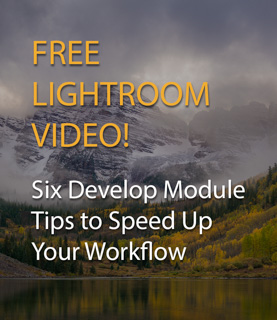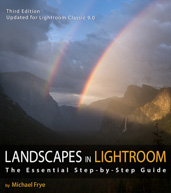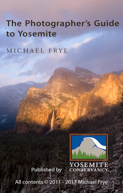In the Moment:
Michael Frye's Landscape Photography Blog
by Michael Frye | Jan 22, 2015 | Vision and Creativity
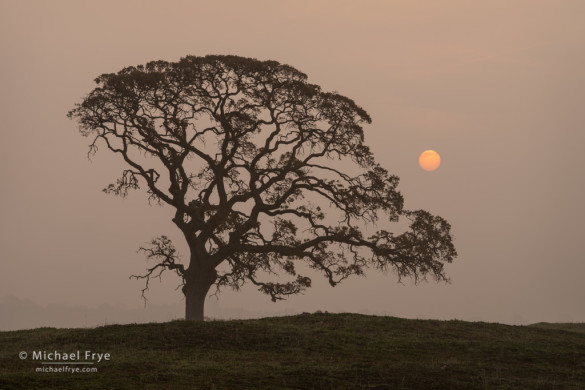
Oak, sun, and fog, Sierra Nevada foothills
As regular readers know, I love fog. It’s a little like snow in the way it can transform an ordinary landscape into something dreamlike.
We’ve had a lot of interesting fog around here lately. Last week the fog was very dense in the Central Valley, sometimes persisting all day rather than burning off in the afternoon. One morning we made an early trip into the lower foothills of Mariposa County, an area with rolling, grassy hills and scattered oaks (I’ve posted images from there before). I was hoping that the fog would be thick enough to push up from the Central Valley into these foothills, and it was – just barely. We were right on the edge of the fog, which was actually perfect – foggy enough to create a misty, ethereal mood, but not so foggy that it completely obscured the landscape.
(more…)
by Michael Frye | Jan 11, 2015 | Composition, Vision and Creativity
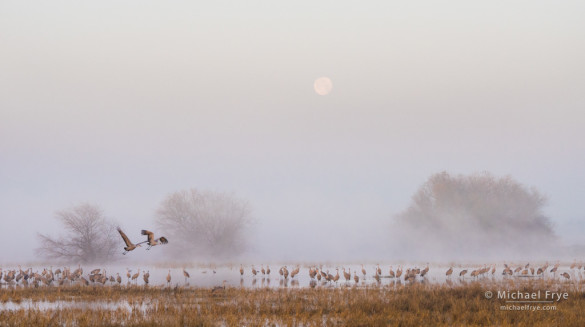
Sandhill cranes, fog, and the setting moon, San Joaquin Valley, CA
Although I specialize in photographing landscapes these days, I also enjoy photographing the masses of migrating birds that spend the winter in California’s Central Valley. And while I won’t pass up an opportunity to capture a close-up wildlife portrait, most of the time I’m trying to include some of the animals’ habitat. I’m really attempting to photograph landscapes with birds in them, and, as with other landscapes, use the light, weather, and moment to convey a mood.
Last Tuesday morning Claudia and I made another trip down to one of the wildlife refuges in the Central Valley. As usual, I hoped for fog, but knew that if the fog didn’t materialize there would be a nearly-full moon setting to the west, which also might help to add some mood to the photographs.
As it turned out, we got both. We found some low-lying mist, but it wasn’t thick enough to obscure the moon. I just needed some birds to add to the mix, and fortunately we found a flock of sandhill cranes roosting in a pond with the moon behind them.
(more…)
by Michael Frye | Jan 8, 2015 | Vision and Creativity
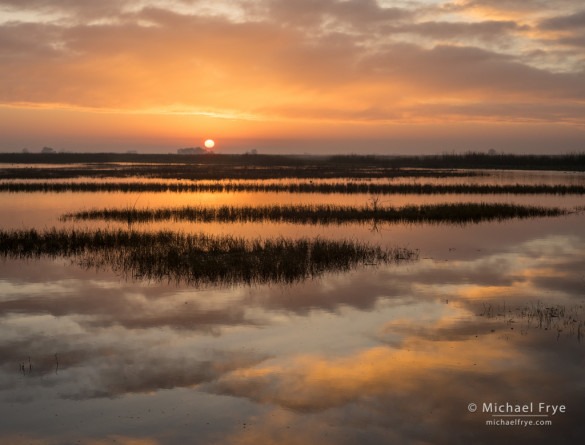
Sunrise in a San Joaquin Valley marsh, California, December 18th
I’m grateful to live near Yosemite Valley, one of the world’s most spectacular landscapes. But in photography, light is more important than subject. My most popular image of 2014 featured an orchard in the Sacramento Valley – with exceptional light. I’d rather photograph an “ordinary” scene in great light than an extraordinary scene in dull light.
Last month Claudia and made an early-morning drive to one of the wildlife refuges in the flat-as-a-table-top expanse of the San Joaquin Valley. I was hoping for fog, which is common on winter mornings in the Central Valley. Instead, I found the beautiful clouds and reflections shown in the photograph above. In this case, the flat landscape helped, making it possible to catch the orange ball of the sun just as it crested the horizon. The light, clouds, colors, and reflections helped to convey a nice early-day mood.
(more…)
by Michael Frye | Jan 3, 2015 | Announcements
The votes are all in and counted, and here are my top photographs of 2014!
We had a great response this year: 268 people looked through my initial selection of 40 images and voted for their favorites here on the blog, on Facebook, Google+, and through email. A big thank you to everyone who took the time to look through these photographs and voice your opinions! I also really appreciate all the kind words expressed along with the votes. I wish I could respond to every comment, but please know that I’ve read them all and am very grateful for all your support. And also, many thanks to my wonderful assistant Claudia who tallied all those votes!
To express our gratitude to all of you we’ve decided to give away another print to one of the voters. We assigned each person who voted a number, and used a random number generator to pick the recipient. And the winner is… Jeff Nicholas! Jeff will receive a signed, numbered, matted 16×20 print of his choice from among the 40 original selections. Congratulations Jeff!
So here’s the list of the twelve images which received the most picks, and the number of votes they each received:
(more…)
by Michael Frye | Jan 1, 2015 | Announcements
Happy New Year! I hope you’ve recovered from your New Year’s Eve celebrations. Claudia and I are in surprisingly-cold Pasadena, California, visiting friends, and watching the Rose Parade a few blocks from our friends’ house.
Like champagne, Auld Land Syne, and the Rose Parade, it’s become a New Year’s tradition on this blog to pick out my best images from the past year, and once again I’m inviting you to help make these difficult choices. I’ve posted 40 of my best photographs from 2014 below, in chronological order. After you look through these, please post a comment listing your ten favorites.
You don’t have to list your ten favorites in any order, or even name them – just numbers will do. (The numbers are in the captions underneath the photographs. Also, you can click on the images to see them larger.) Once the votes are in I’ll post the top ten on this blog, and submit the final group to Jim Goldstein’s blog project, where he’ll be showcasing the best images of the year from over 300 photographers. The voting deadline is this Saturday, January 3rd, at 6:00 p.m. Pacific time.
(more…)
by Michael Frye | Dec 31, 2014 | Announcements
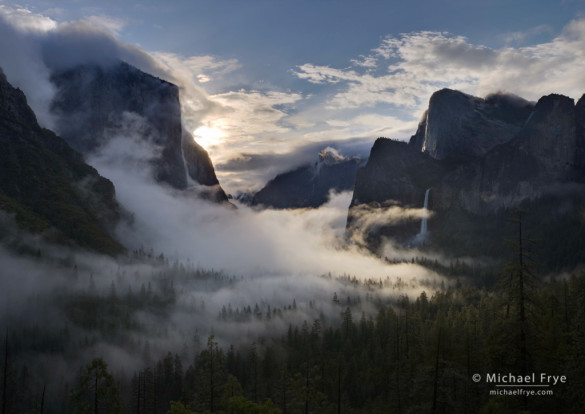
Swirling mist from Tunnel View, Yosemite NP, CA, USA
Happy New Year everyone! I hope you all have a wonderful holiday, and lots of beautiful light during the coming year.
Tomorrow I’ll be posting the nominees for my best photos of 2014, and you’ll get a chance to vote for your favorites and help me pick the top ten. Keep an eye out for the post! You can see last year’s nominees here, and the winners here.
— Michael Frye
by Michael Frye | Dec 30, 2014 | Announcements
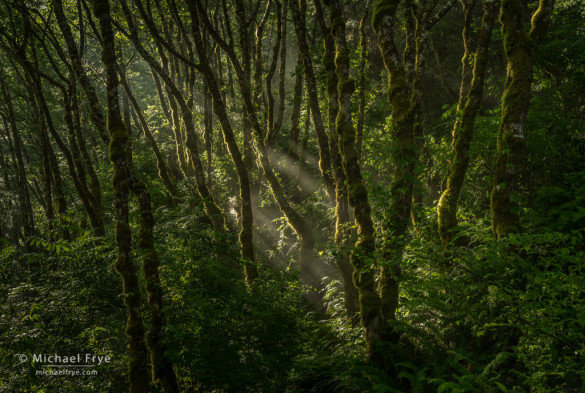
Alders and sunbeams, Redwood NP. My most popular post in 2014 was a review of the Sony A7r, the camera used for this photo. The Sony sensor allowed me to capture great detail, and also lighten shadows without generating noise.
With the new year approaching, it seems like a good time to look back at my most popular posts from 2014:
Should Your Next Camera be a Sony?
I don’t talk about equipment very often, because more gear won’t make you a better photographer. But I felt compelled to test – and write about – the Sony A7r because Canon has been so slow to make improvements to their full-frame sensors, and the A7r offers a higher-resolution, low-noise body that can be used with Canon lenses. Plus it’s a mirrorless camera, and I wanted to see if an electronic viewfinder could work for serious landscape photography.
(more…)
by Michael Frye | Dec 28, 2014 | Light and Weather
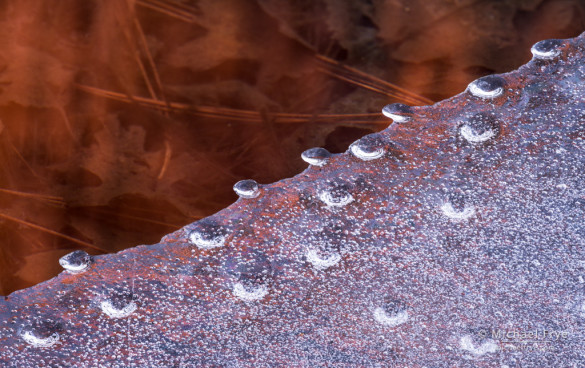
Ice bubbles and reflections along the Merced River, Yosemite
The holidays have kept me busy, so I haven’t been up to Yosemite Valley recently, but we’re having a cold snap, and there should be a lot of ice along the Merced River and Bridalveil Creek. I love photographing ice, because you can find so many great patterns and designs in it, as well as beautiful reflections. Here’s are a few ice images from Yosemite Valley, but if you live anywhere with a cold climate you’re bound to find interesting ice nearby.
— Michael Frye
(more…)
by Michael Frye | Dec 24, 2014 | Announcements
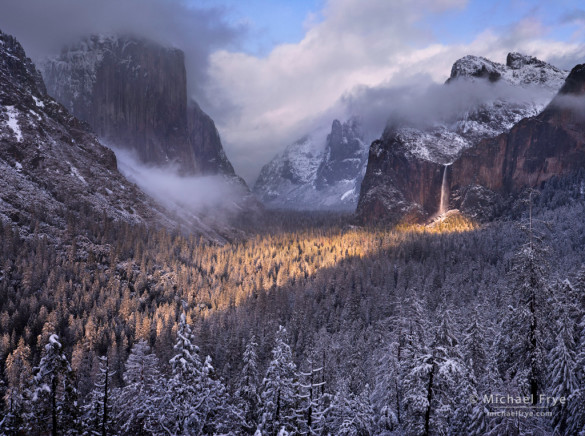
Spotlight on Bridalveil Fall, Yosemite NP, CA, USA
To all of you who celebrate the day, Claudia and I wish you a very Merry Christmas! We hope you have a wonderful holiday, full of peace, joy, and the love of family and friends.
— Michael Frye
by Michael Frye | Dec 21, 2014 | Announcements
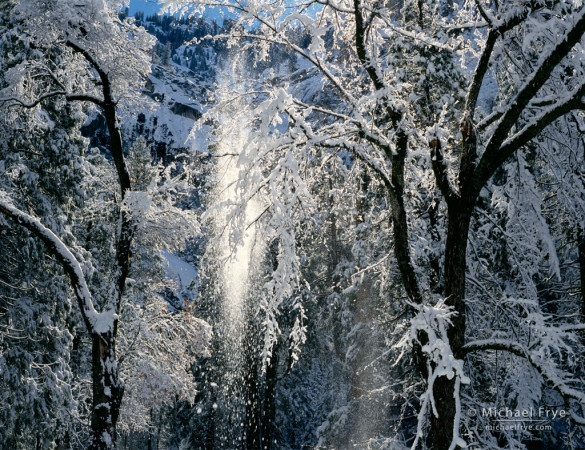
Snow falling from California black oaks, Yosemite NP, CA, USA
I hope you’re all enjoying the season. This is a photograph from a few years ago of a quintessential Yosemite winter scene, with snow falling out of the trees as it’s warmed by the sun.
— Michael Frye









